#history bounding
Text


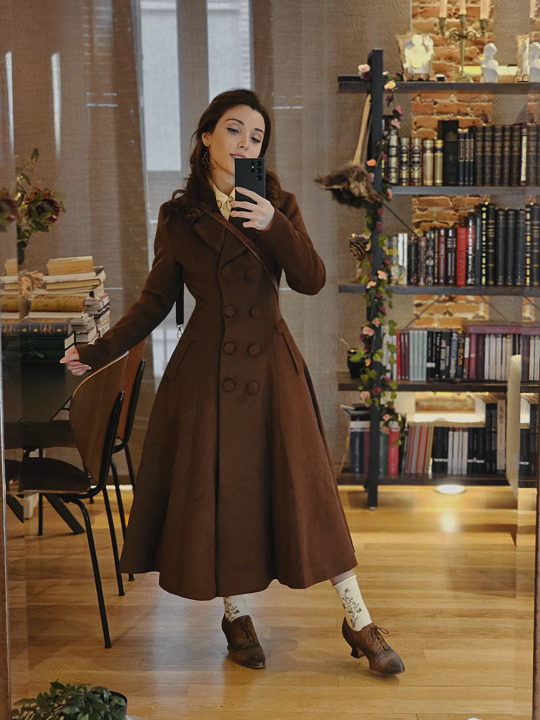
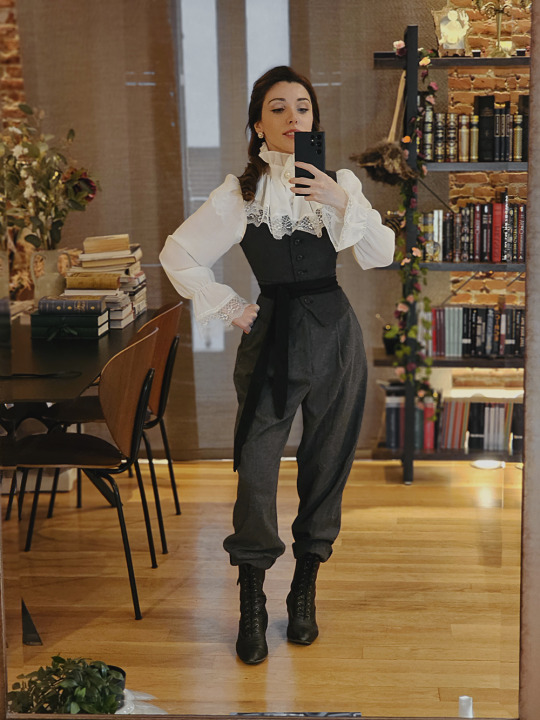

Some photos of the outfits 😊
#nips photos#personal#the weather is weathering!!! it's finally below 30ºc!!! we survived the summer!!! I'm dancing on it's corpse as we speak#it was such an awful summer for me honestly I'm glad it's over#it's halloween now#history bounding#vintage fashion#dark academia
3K notes
·
View notes
Text

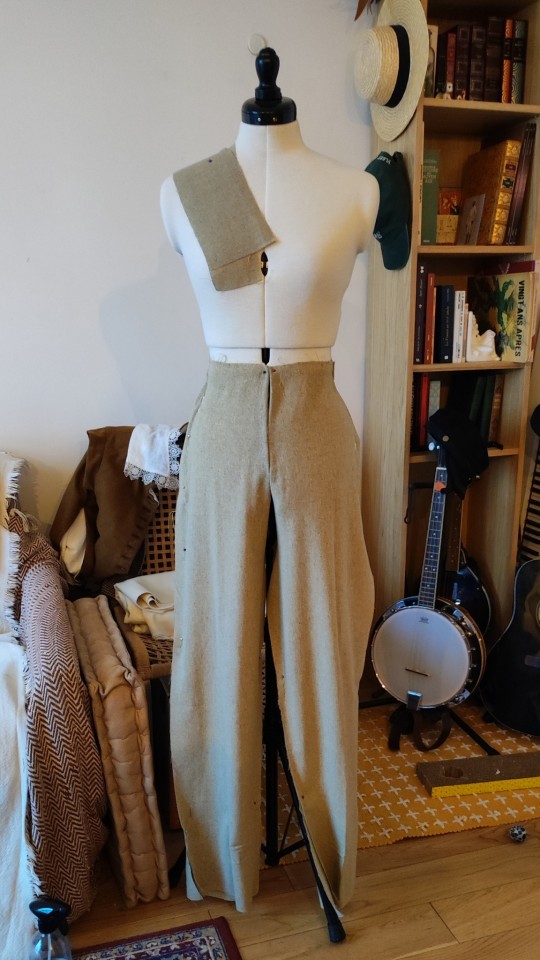
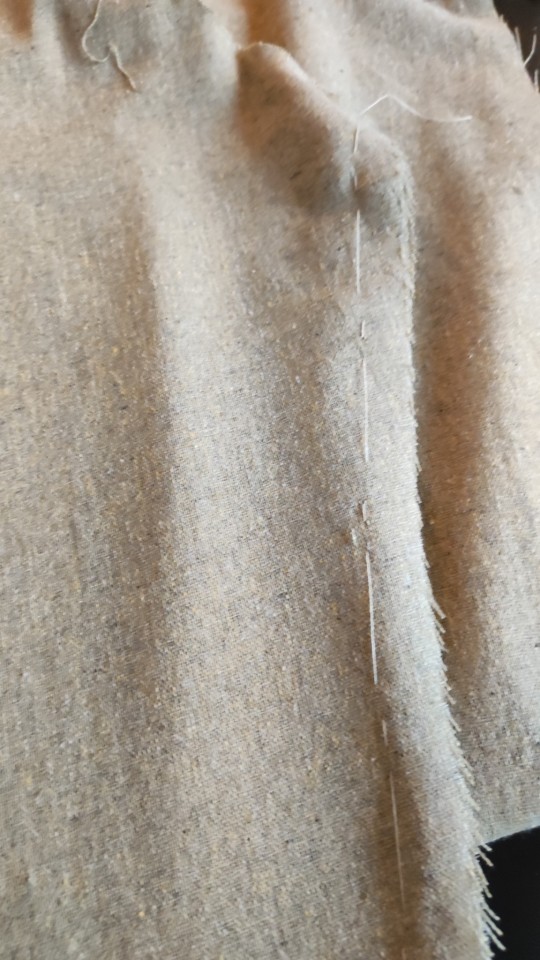

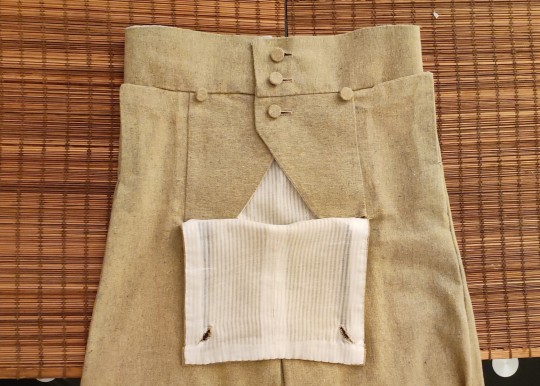
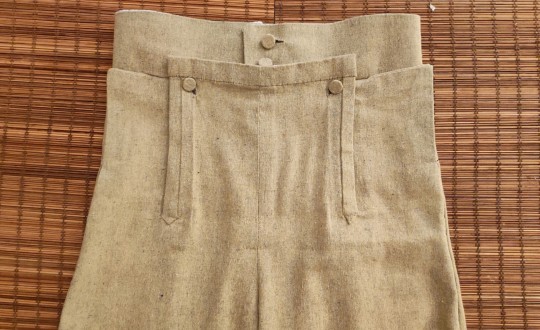
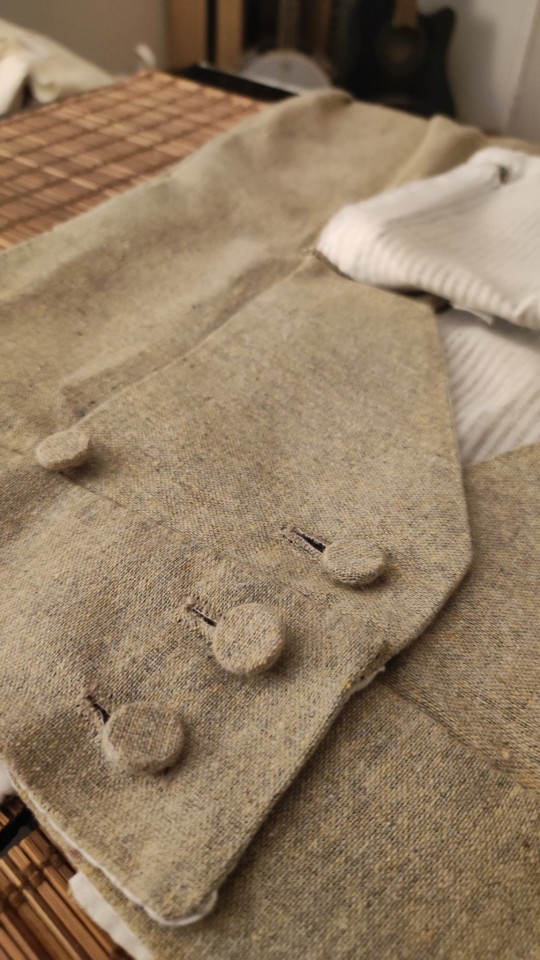
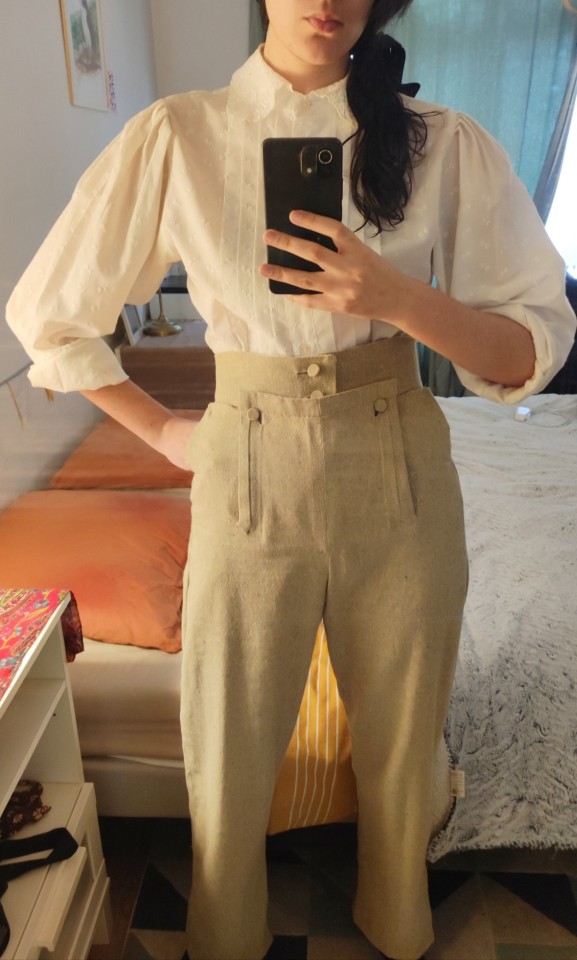
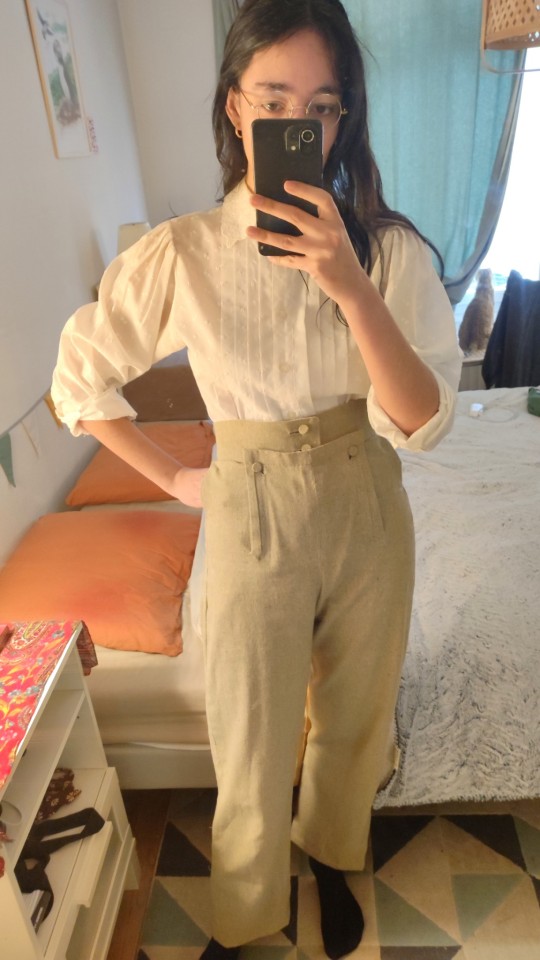
Entering my sans-culotte era babes
#historical fashion#sewing#tailoring#frev#historical costuming#history bounding#19th century#18th century
4K notes
·
View notes
Text






A sun ray in the blues
Outfit rundown
Skirt: Innocent World White Label
Blouse: vintage
Coat: second-hand Axes Femme
Hat: vintage
Gloves: vintage
Shoes: old Clarks
Bag: offbrand from 2011 Harajuku
Brooches: vintage
Earrings: 高野 (Takano)
Sunglasses: thrifted
#fashion#vintage#vintage style#vintage fashion#vintage aesthetic#retro fashion#retro style#egl#classiclolita#jfashion#50s fashion#40s fashion#history bounding#historybounding#long hairstyles#innocent world#second-hand fashion#fanny rosie#fannyrosie
954 notes
·
View notes
Text

They/he | A little walk
99 notes
·
View notes
Text
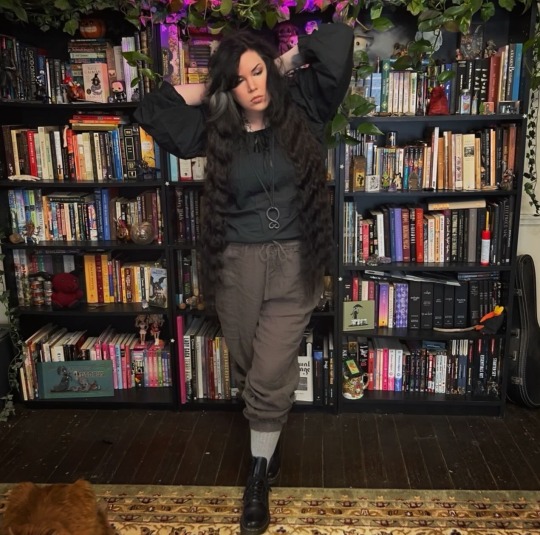
#trousers!#bought linen pants for a frog & toad type quality#ps I ripped out the carpet & got rugs!#cottagecore#grandmacore#grannycore#grandparentcore#goth#warm and cozy#witchblr#aesthetic#hobbitcore#cozy#cryptidcore#frog and toad#history bounding#folk goth#hygge#spring#ootd#shelfie#bookblr#bookshelves#gothgoth#dark#hagcore#cronecore#whimsigothic#whimsigoth
71 notes
·
View notes
Text


Knitting in Victorian England
I wrote this for a class on Victorian Literature because my professor let me research knittinf and make a cape instead of writing a literary analysis paper. The cape that is discussed from The Art of Knitting is what I created for this project, with the illustration from the book on the top right and the cape I knit on the left. The book is from 1892 and is free on Internet Archive, and Engineering Knits on YouTube made a wonderful video about it. (More photos of the cape at the end!)
Knitting experienced a surge of popularity in Victorian England, and was even a topic of discussion in Charlotte Bronte’s Jane Eyre. After gaining popularity due to industrialization, knitting became a common pastime for women. Knitting was important because it existed as a way for Victorian women of all classes to be seen as virtuous and gave them the look of domesticity, while additionally functioning as a means of income for working-class women by either knitting or writing about knitting.
Industrialization shifted the view of knitting from economic necessity to a fashionable pastime for gentry women. In 1589 the first mechanical knitting machine was invented in Nottingham, which industrialized the knitting industry (“The History of Hand-Knitting"). Dyed wool trade with Germany and the subsequent booming industry of knitting pattern books turned knitting into something more accessible and artistic than solely practical (Rutt 112). Knitting became popular and fashionable for gentry women around 1835 (Rutt 111). Women of all classes have knitted long before the Victorian period, but the industrial changes shifted knitting to a popular and fashionable pastime for gentry women, in addition to the economic necessity for working-class women.
Knitting served as a way to keep women wholesomely busy. In The Art of Knitting, a quote from the beginning by Richter reads “A letter or a book distracts a woman more than four pair of stockings knit by herself” (qtd in The Art of Knitting 2). Knitting kept women busy without opening them up to new ideas that came from letters and books. Furthermore, a writer in The Magazine of Domestic Economy writes how useless the items (upper-class) women made were, but praises knitting in its effort “to rid of those hours which, but for their aid, might not be so innocently disposed of” (qtd in Rutt 112). Concentrating on knitting produces something at the end of the hours of challenging work but does not expose women to any material that the Victorians would deem dangerous or immoral. Thus, even when women made something useless, they were keeping themselves busy in a virtuous way.
Knitting also gave women the feminine and domestic look that was expected of them in the Victorian era. This can be seen in Jane Eyre with Jane’s description of Mrs. Fairfax upon their meeting. Jane thinks, “[Mrs. Fairfax] was occupied in knitting; a large cat sat demurely at her feet; nothing in short was wanting to complete the beau-ideal of domestic comfort” (Bronte 145). This is the first time the reader sees Mrs. Fairfax, surrounded by a warm fire, a cat and engaged in a feminine pastime. She is the image of domesticity. Jane admires Mrs. Fairfax, in part, for the comfort her nature, including knitting, brings. Mrs. Fairfax shows the role knitting plays into the idea of women as domestic creatures.
Certain forms of knitting made women appear elegant. Frances Lambert, author of 1842 manual The Handbook of Needlework, advises women to knit using the common Dutch knitting method, in which the yarn is held over the fingers of the left hand and the needles pointed upwards, because it was seen as a more elegant style of knitting (Rutt 113). While Rutt notes that this method was a faster way of knitting, Lambert does not comment on this, but instead focuses on its aesthetic qualities. This style of knitting was popular because it allowed for the look of style that was mandatory in women’s lives.
While gentry women were often restricted to making less practical knit items, some knitting authors disparaged this for frivolity and immorality. Working-class women did not have this criticism as the things they made were out of practicality and meant for regular use. In picking yarn color and material, Mlle Riego de la Branchardiere, author of Ladies Handbook of Knitting, Netting and Crochet writes “...and let her be careful to make all she does a sacrifice acceptable to her God” (qtd in Rutt 116). Rutt asserts that although Victorian knitting is seen as producing useless knits, some authors disparaged this (117). They instead encouraged women to focus on what they saw as the spiritual aspects rather than on aesthetics, as everything women did, including knitting, should enhance their virtue.
While knitting was popular as a pastime, it was still used out of economic need and served as a way for working-class women to earn money. Knitting was taught in orphanages and poor houses, with the first knitting school opened in Lincoln, Leicester, and York in the late 1500s. One school in Yorkshire was established for boys and girls who were “not in affluence” (“The History of Hand-Knitting"). The first knitting book, titled The National Society's Instructions on Needlework and Knitting, published in 1838, was an instructional manual for teachers to teach poor students the art of knitting and needlework. Knitting was used as a personal hobby, but also as a way for working-class people to support themselves.
The importance of knitting to working-class women can be seen in Jane Eyre. St John tells Jane, “It is a village school: your scholars will be only poor girls—cottagers’ children—at the best, farmers’ daughters. Knitting, sewing, reading, writing, ciphering, will be all you will have to teach” (Bronte 541). Knitting will be a way for these young girls to get jobs and to be able to make clothes for themselves and their families. In this way, knitting was more than a fashionable and artistic hobby, but a necessity for many working-class women.
In addition to manufacturing knitwear, women were able to make substantial livings writing about knitting. There was a boom in knitting and needlework publications during the 19th century (“The History of Hand-Knitting"). Some, such as The Art of Knitting, were published directly by publishers with no one associated author. Others were authored by women and were immensely successful. Cornelia Mee, who published shorter pamphlet-type knitting books, sold over 300,000 copies during their run in print (Rutt 115). Francis Lambert, author of two editions of My Knitting Book, sold a combined 65,000 copies and was translated into several languages across Europe (Rutt 113). Knitting gave working-class women opportunities to earn money, whether it was making knitwear or writing about knitting.
Knitting manuals contained various topics, such as some focusing on the religious and virtuous aspects of knitting as discussed previously, but most, if not all, had patterns in them. Under the chapter “Hoods, Capes, Shawls, Jackets, Fascinators, Petticoats, Leggings, Slippers, etc., etc.” in The Art of Knitting there is a pattern to knit a cape. Victorian knitting patterns tended to be broad and vague. Today's patterns are quite concerned with needle size and gauge, unlike many Victorian patterns. For instance, the cape pattern instructs the reader to “use quite coarse needles and work rather loosely,” (60).
Knitting was an important skill for women in the Victorian era, and they knit for a multitude of reasons. Knitting gave women the look of virtue, elegance, and domesticity. Working-class women used their knitting skills to support themselves and their families through making knitwear or writing about knitting.
Sources:
The Art of Knitting. The Butterick Publishing Co. 1892. https://archive.org/details/artofknitting00butt/page/60/mode/2up?ref=ol&vi ew=theater
Bronte, Charlotte. Jane Eyre. Planet eBooks. 1847.
“The History of Hand-Knitting" Victoria and Albert Museum.
Rutt, Richard. A History of Hand Knitting. Interweave Press. 1987. https://archive.org/details/historyofhandkni0000rutt/page/n7/mode/2up?vie w=theater


#knitting#historical knitting#history bounding#Victorian knitting#knitting history#cottagecore#victorian#knit cape#gothic#slow fashion#handmade#my knits
161 notes
·
View notes
Text




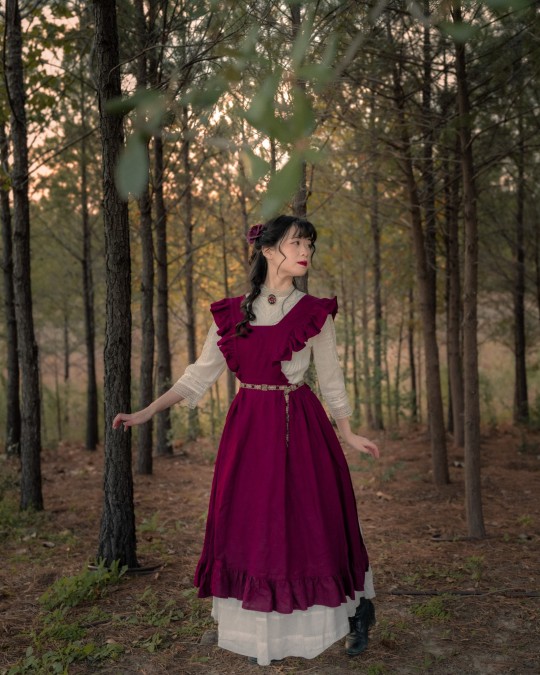
In the beginning of December I was inspired to make a series of outfits inspired by the month in some form. Alas although I do feel like I was making at least two outfits I loved every weekend, my posting schedule has fallen so behind I will probably be posting well into January or even February. Ah well.
This outfit was inspired by the lovely apron by Little Women Atelier and my probably 1970s (probably) dress that confuses everyone into thinking it's Edwardian (it has a zipper that appears to not be hacked in, so probably not). The two together make a lovely combo that makes me think of an Edwardian woman baking on Christmas day. Anyways I'm posting after Christmas now but this remains one of my favorite vintage inspired/cottagecore outfits of the month.
#cottagecore#cottagecore fashion#edwardian#edwardian style#history bounding#vintage inspired#petit piaf#me#little women atelier: meg pinafore#vintage dress: misc
60 notes
·
View notes
Text
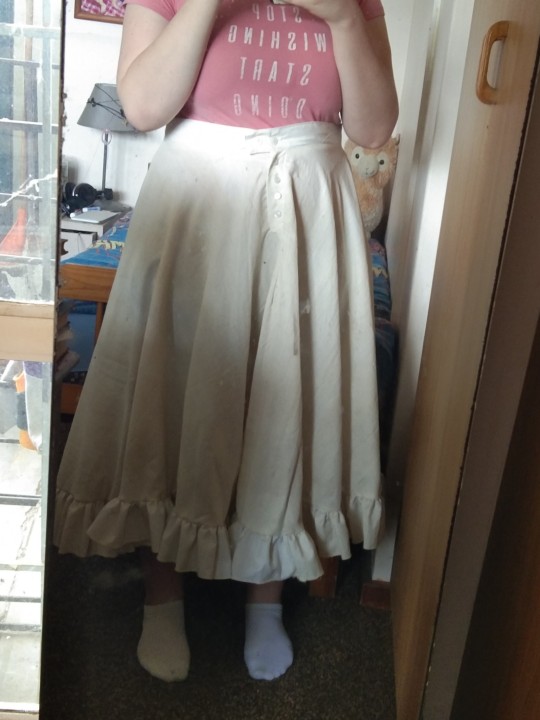
The newest edition to my historically inspired wardrobe, a (very modern) petticoat
#historical fashion#historybounding#hiperfixation#fashion history#sewing#history bounding#special interest#autism things#autism#neurodivergent#audhd
55 notes
·
View notes
Text
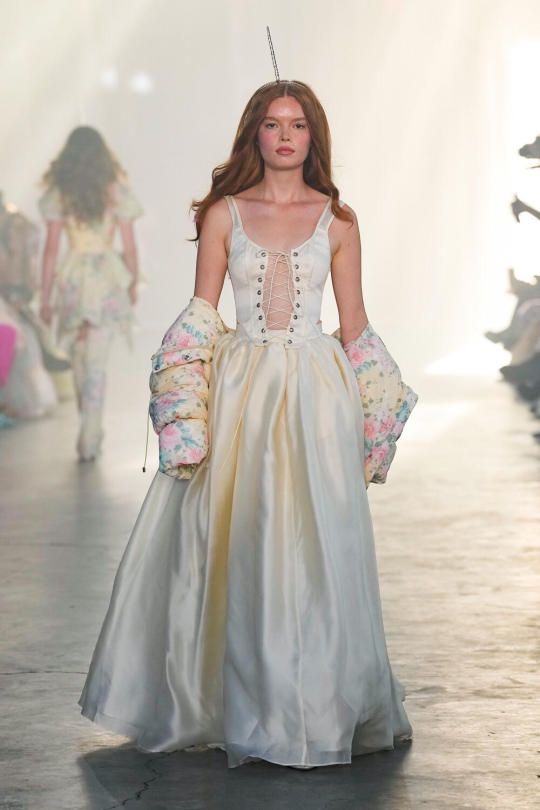
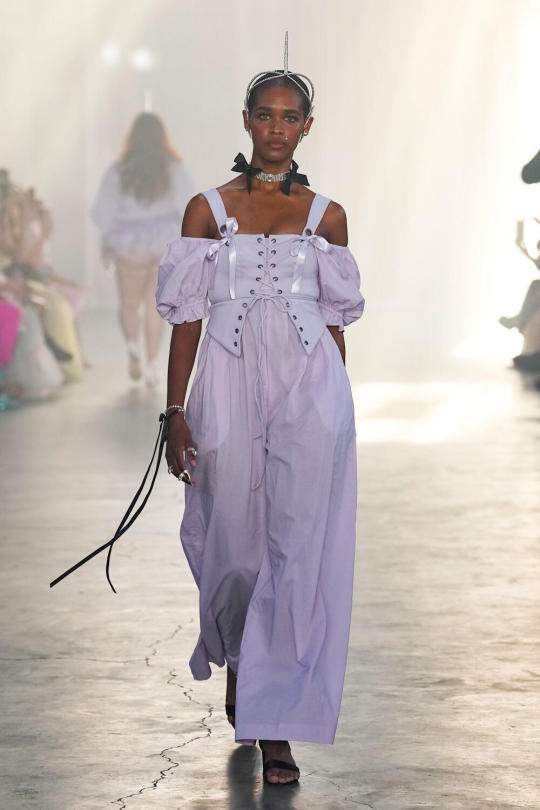
I don't keep up with fashion, but I've understood Selkie is the newest favorite brand of everyone and it's supposed to be like pretty high end? The dresses cost several hundreds of dollars? I've seen they are pretty fairytale and historical fashion inspired and now their new collection came into my dash. You are meant to pay a lot of money of these??
Don't get me wrong, I have nothing against the styles and the broad designs, I actually think they could be really cute, but the quality is absolutely abysmal. This is why I'm not fan of history bounding going into mainstream, because you will get these absolutely sloppily slapped together completely ill-fitting flimsy mass-manufactured stays imitations and they'll still be expensive. Honestly they look absolute dogshit. The cuts are predictably sloppy and give no shape to these garments. They will fit very badly to 99% of people by the virtue of being mass-manufactured, like with any other ready-made clothing, but with laced garments it's always (sometimes literally) painfully obvious. The materials are nowhere sturdy enough to work in any way with a garment like that and there is clearly no reinforcements in the construction, so even if it had a shape from quality cutting, it would not matter because it couldn't hold that shape anyway.
I just hate how piss poor quality even these expensive clothes are. With the current state of the fashion industry you really can't get quality even by paying more. If you want to get these corsets from Selkie (or like just want something similar), consider looking up stays/corsets from Etsy that cost the same amount. You'll probably find plenty options and get them custom made to your measurements and they will extremely likely be much better looking and so much better quality.
#honestly no shade to anyone who likes this brand#it's just a good example how terrible the state of that industry is#because from what i heard this is supposed to be like good quality#and it probably is compared to most other brands#fashion#history bounding#fashion industry
401 notes
·
View notes
Text

I need to see about dinner, but it's been about 3 hours and I've gotten to an actual shirt!
All that's left is the finishing and flouncing!
#a talia original#talia's adventures in dressmaking#excerpts from my life#sewing progress#history bounding#sewing liveblog#astarion or the easiest shirtsleeves#floofy shirt sewalong addendum
33 notes
·
View notes
Text


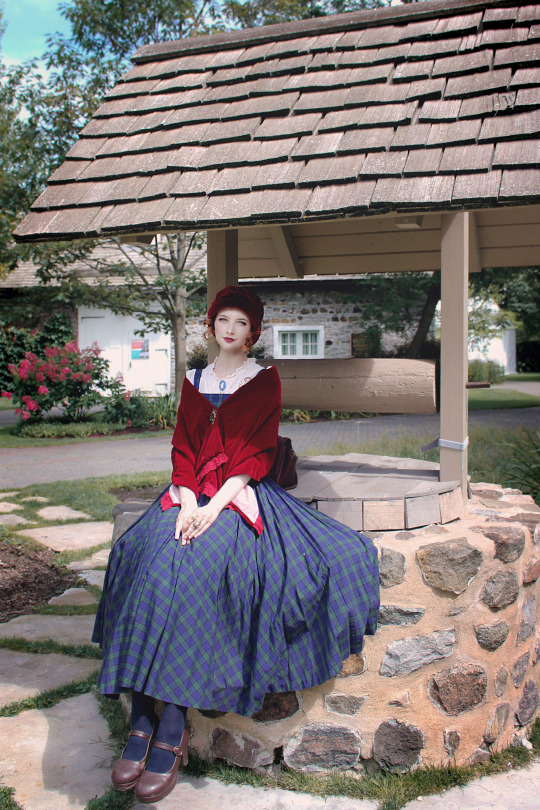
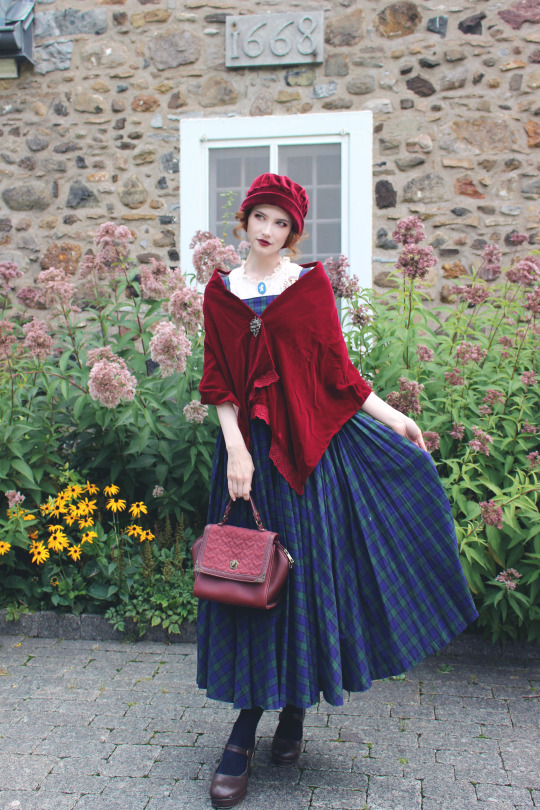
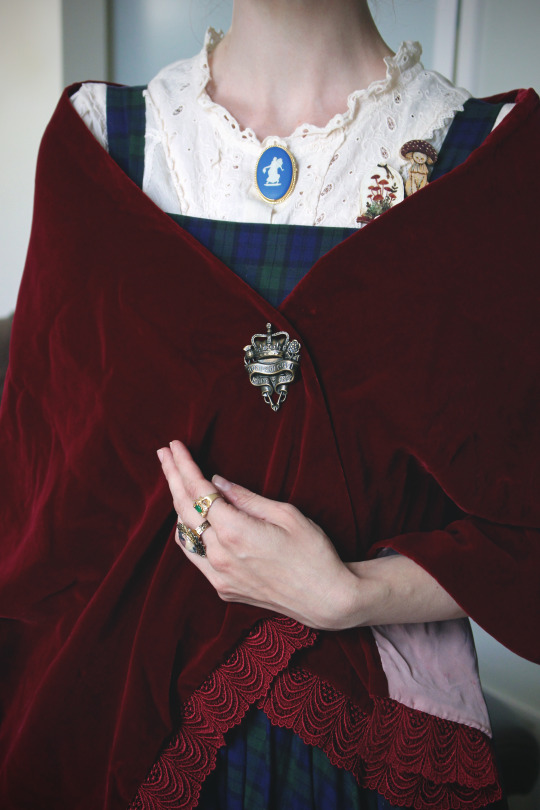
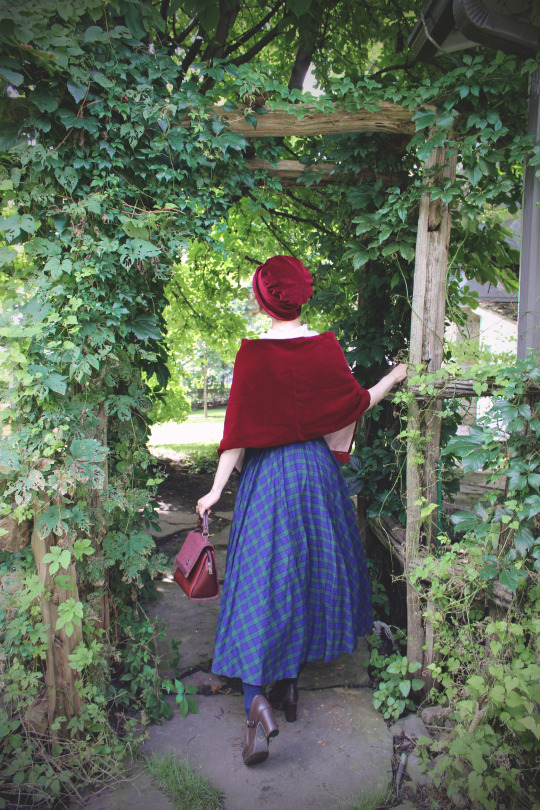
Inspiration nouvelle-française, encore une fois
This outfit was actually from late August, when my family and I revisited la Maison Saint-Gabriel for the first time in years. Built in the 1660s, the main house is the oldest remaining rural piece of architecture in Montreal.
Outfit rundown
Dress: second-hand Juliette et Justine
Blouse: vintage
Velvet shawl: thrifted wafuku
Bonnet: vintage
Shoes: old Queen Bee
Bag: second-hand Axes Femme
Blue cameo: second-hand Wedgwood
Mushroom in glass bell pin: Peppermint Fox
Mushroom cat: present
All other jewellery is vintage
#fashion#jfashion#vintage#vintage fashion#vintage style#alternative fashion#historybounding#history bounding#historical fashion#nouvelle-france#17th century#17th century architecture#historical hair#ega#juliette et justine#fanny rosie#fannyrosie#maison saint-gabriel
453 notes
·
View notes
Text
Dinosaur dress!!!
She’s finally finished!!! Also the sharktooth rosary i love her
The skirt is just two large rectangles (1meter x 2 meters each i think?), gathered up like you would do with a 18th century petticoat. The top is just something i made up and if anyone cares i could post the pattern!
Its entirely handsewn, by me, from old bedsheets
#outfit#historical costuming#ootd#sewing#dinosaur#dress#trex#80s pattern#dressmaking#vintage#nonbinair#nonbinary outfit#help what tags do i use#history bounding#historybound
40 notes
·
View notes
Text

✨🍂 Watches Mona Lisa Smile once🍂✨
#mona lisa smile#grandmacore#grannycore#goth#cottagecore#warm and cozy#witchblr#aesthetic#hobbitcore#dark academia#october#autumn#grandparentcore#cryptidcore#gothgoth#dark#cozy#vintage#history bounding#fall vibes#witchcore
53 notes
·
View notes
Text
sewists of tumblr, please help me out.
I have been trying to make my own clothing for a while for a multitude of reasons (my body shape is such that a lot of mass-manufactured clothing doesn’t fit me well, i can rarely find anything i actually like, not wanting to purchase fast-fashion, etc.), but I for some reason, the actual sewing process of sewing makes me put down projects halfway through. I have been trying to alleviate this by hand-sewing the smaller portions (which does feel more intuitive to me as a knitter/crocheter), but this slows down my progress a ton and limits what projects I can make. I don’t know if it is because I’m making things too outside of my skill level or what.
So, if you see this and make your own clothing, when was the moment when the craft finally clicked for you? Do you have any recommendations for becoming more comfortable with a sewing machine? Or any tips about patterns and all that jazz? I want to pick up this art so badly and my years of failed attempts are very discouraging. I’ll take just about any advice I can get.
22 notes
·
View notes
Text
Starting a *regency* project!!!!
I'll be attending a regency inspired ball in June, so I've been planning out a full regency outfit to make specially for the event. I've never done regency before (I'll even admit that I never liked the look of it, but it is growing on me...), so I've had to do some research for this project.
This is what I have planned:
- A chemise/shift I made previously
- Short stays
- Petticoat (with straps/suspenders to stop it slipping down to my waist)
- Dress (green with gold embroidery and beading)
- Potentially an open robe/overdress (ive seen these on some fashion playes for ball gown, and it may be a good way to have a train without ppreventing me from re-wearing the dress day to day. It would be gold, with a train, crossing under the bust at the front)
- A gold ring I already own, and a green ribbon around my neck, potentially some more gold jewellery
- Black leather boots
- Stockings that I made previously
- Reticule (Potentially sewn, or I've come across a crochet pattern...?)
I've decided to document this project here so that I can look back on it and see the progress I've made. (If someone other than me actually sees this, then I encourage you to try some historical clothing, I wear it day to day and love it!!!)
7 notes
·
View notes
Text
I think everyone (who can afford to, poor people obviously do not have this luxury) should experiment with wearing their culture’s traditional clothing. I’m tired of going places and seeing everyone wearing mass-produced fast-fashion that all looks the same. Tee shirts and sneakers and hoodies and made of plastic and cotton that will fall apart in a year. I would love to live in a world where people are dressed in clothing styles from around the world, where every outfit is an opportunity to learn about a place unfamiliar to you, or to connect with your ancestors and carry on their legacy.
10 notes
·
View notes